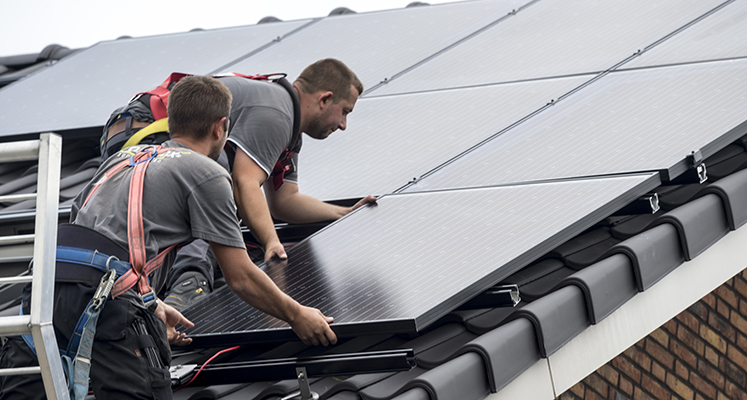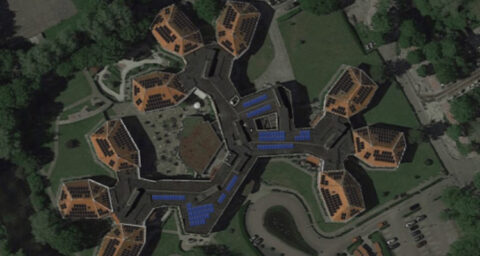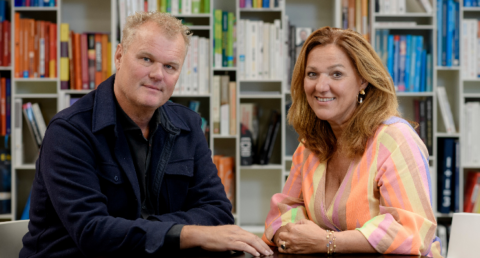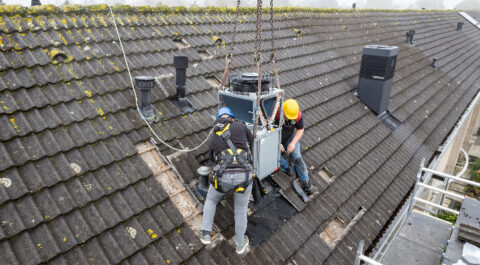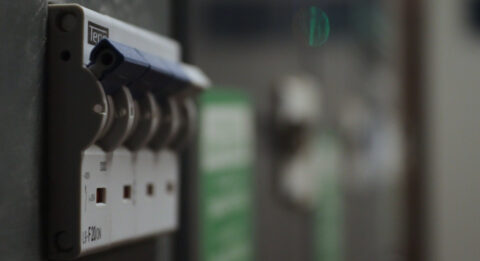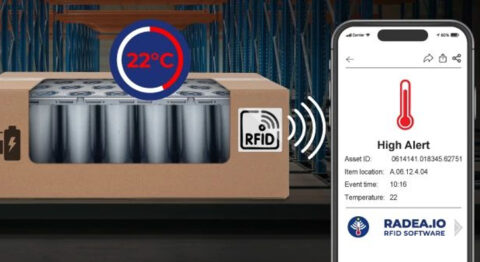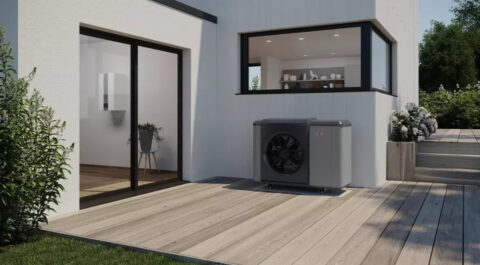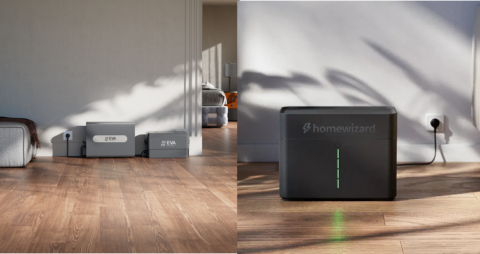Corporations spent over 9 billion euros on maintenance and sustainability in 2023. Homeowners applied for ISDE subsidies for 115,175 homes. The number of heat pumps in existing construction? Almost 110,000, at least half of which are hybrids. There is work to be done in the existing built environment.
"The transition in the built environment is in full swing," outgoing Minister De Jonge reported to the House of Representatives. "The decline in the use of natural gas continues steadily. Households consumed 11 percent less natural gas in 2023 than in 2022, even though the winters were similar in terms of temperature, recent CBS figures show. Households are insulating in abundance, installing solar panels or purchasing a (hybrid) heat pump."
In the Climate Accord, it was agreed that "by 2050, 'we' will chip away at more than 7 million homes and 1 million buildings into 'well-insulated homes and buildings, which we heat with sustainable heat and in which we use clean electricity or even generate our own'. With an intermediate goal: 1.5 million owner-occupied homes, rental homes and utility buildings must be ready by 2030.
That chipping is the core theme of the Renovation & Transformation trade fair, which will take place from May 14 to 16 in the Brabanthallen in Den Bosch, incidentally at the same time as Monument and Timber Construction, trade fairs devoted to sustainability and maintenance of monumental real estate and the use of bio-based materials in construction.
The update to the House gives a good indication of how things are going in 2024. Reference was made to various studies, such as monitors by TNO and CBS on the use of the Investment Subsidy for Sustainable Energy and Energy Saving (ISDE) and the National Heat Fund, as well as the Aedes benchmark, which provides insight into the extent to which housing associations are up to speed with their sustainability task.
Corporations
To start with the latter: the Aedes benchmark shows that housing associations are working hard to make their homes more sustainable. The focus here is on the E, F and G labels, because from 2029 these may no longer be rented out. The benchmark includes 2.16 million independent homes from 250 housing associations, giving a representative picture of the energy performance of the housing association sector.
The average annual net heat demand between 2022 and 2023 decreased from 118.0 kWh/m² to 112.2 kWh/m². To get that up to the level of the Standard for Home Insulation, a lot of work still needs to be done. This is especially true of homes built between 1945 and 1974. 'The majority of the housing stock, about 39 percent, was built in this period. Within this segment, therefore, the challenges are greatest," the study states.
On the other hand, 38.6 percent of the housing corporation stock now has energy label A or better. The number of homes with energy labels E, F and G has dropped from 247,300 to 180,700 housing association homes, although half of that appears to be due to a change in the measurement methodology (NTA8800).
Nearly one in five association homes has solar panels (19.9 percent). Few existing homes are yet connected to a natural gas-free heat source. One explanation is that in many cases housing corporations are still waiting for plans from the municipalities, which are in charge at the district level. In other words, will there be a collective solution such as a heat network or will the individual route be taken?
Corporations invested 9.1 billion euros in maintaining their housing stock in 2022. That is an average of 3,739 euros per home and almost twice as much as at the start of the Aedes benchmark in 2014 (1,950 euros). The increase is mainly due to making the housing stock more sustainable. In 2023, more than 10,000 euros were spent in 123,227 homes.
ISDE and National Heat Fund
Homeowners also see an upward trend, if you may judge by the number of subsidy applications. In the first half of 2023 alone, ISDE subsidy applications were granted for 115,175 homes, writes TNO in the Monitor ISDE-I. That's more than in all of 2022 combined, when the subsidy was awarded 80,925 times. Note here: starting in 2023, it became possible for a homeowner to apply for a subsidy for one insulation measure. Previously, to get a subsidy you had to have two measures implemented.
With the subsidies awarded, 162,495 sustainability measures were taken. Cavity wall insulation leads the way (37,685 times), followed by glass improvements (34,970 times), a heat pump (33,750 times), floor insulation (33,635 times) and roof insulation (13,055 times). The heat pump (and to a lesser extent the solar water heater) are especially popular for homes that are already at energy label A or better, which are generally also the somewhat newer homes. Most subsidy applications were granted to homes built between 1945 and 1975. The budget for the ISDE was 560 million euros in 2023, for 2024 it is 600 million euros.
The National Heat Fund allows homeowners to apply for a loan. In the first half of 2023, 8034 homeowners applied for such a loan. With that, 11,985 sustainability measures were taken. In the ranking of measures, solar panels are number one (5990 times), followed by glass insulation (2105 times) and a heat pump (980 times).
Heat pump record
Those looking at heat generation can see: 2023 was a peak year for the heat pump. Based on manufacturers' sales figures, the Heat Pump Association reports that 150,000 units were delivered to wholesalers and installers. "That's 40 thousand more than in 2022, making year-on-year growth of 36% a perpetuation of eight years of 'double-digit growth.'"
In existing construction, the heat pump has broken through, it's safe to say. It doubled from over 50 thousand in 2022 to almost 110 thousand in 2023. Of these, at least half are hybrids, reports the industry association, which, incidentally, expects a standstill in 2024 (no double-digit growth rates).
In any case, the government's plan to tighten the requirements for heating systems from 2026 will do the hybrid heat pump no favors. The idea is that as soon as a central heating boiler is replaced, at least a hybrid heat pump will replace it. You can imagine that many more boilers will be sold until 2026 precisely to avoid this obligation.
This is also what the boiler manufacturers expect. They had a dip in 2023, although we are still talking about over 335,000 units then.
Utility Building
Finally, the Heat Pump Trend Report provides figures on the utility market. According to CBS figures, more than 8,000 new heat pumps will be installed in utilities by 2022, a fourfold increase from 2021.
Because those figures may give a false picture - CBS changed the measurement methodology around heat pumps in utilities - DNE Research, with the cooperation of Vereniging Warmtepompen, conducted its own survey that nuances that picture somewhat. It is said to show growth of 20 to 50% by 2022. Those figures are expected to hold true for 2023 as well.
Renovation & Transformation, MONUMENT and WOOD CONSTRUCTION
At the Renovation & Transformation trade fair, from May 14 to 16 in the Brabanthallen in Den Bosch, the contractors, consultants, architects, building managers, owners' associations, energy experts and decision-makers at maintenance companies, housing corporations and government authorities involved in these developments will be welcome guests.
They will find a variety of solutions for making the existing built environment more sustainable. Also where it concerns monumental real estate, at MONUMENT - the trade fair that deals with maintenance and its sustainability. Also interesting is HOUTBOUW, also simultaneously, about the application of bio-based materials in construction.
